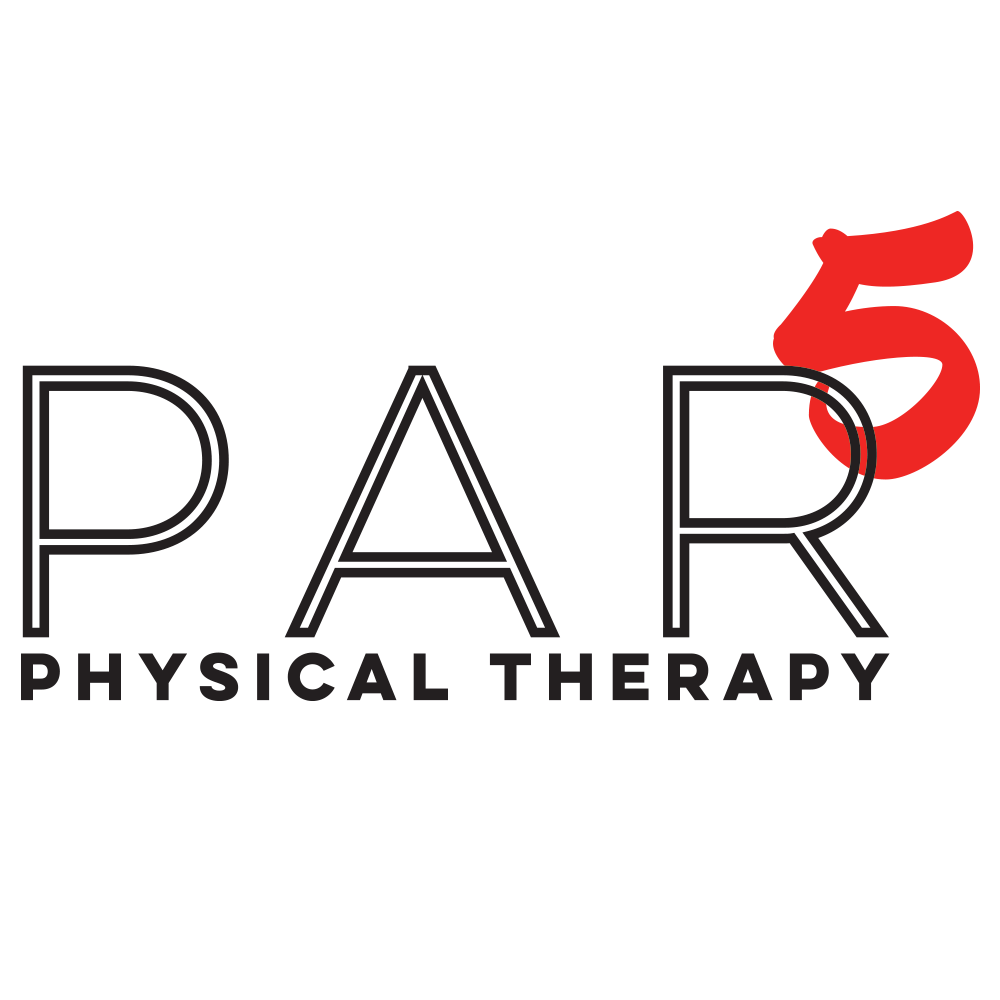The best sitting posture?
In a previous post, I spoke about a great exercise to make your posture perfect. Today, I’m going to talk about the best sitting posture.
You've probably heard or read about how to sit for good posture, "sit up straight". But recent medical research and opinion have changed how we see the spine and what we call perfect posture.
The spine is made up of 33 vertebrae that are connected to each other and form 3 curves. From this frame are connected more bones, muscles, tendons, ligaments, and organs that make up our body. We are a system of systems. So when we talk about posture, we can't just look at the spine and its position alone. We have to look at how all the parts interact.
So is there a "best" sitting posture? The research points to "no". Sitting straight at 90 degrees of hip flexion and knee flexion with a straight upright spine can create increased pressure on the lumbar spine, shortening of structures, and subsequent movement dysfunction. Sitting with only 45 degrees of hip flexion (reclining back with your back supported) actually reduces the pressure on the lumbar spine, but can actually create issues at the neck.
So what's the best sitting posture? The best sitting posture is your next posture.
Posture can change due to mood, fatigue level, and activity. The body can adapt to the forces you put on it and positions you assume. So a static sitting posture, no matter what that posture is, probably wouldn't be a good thing. Joints in the body have synovial fluid, your body's own lubricant or oil. That synovial fluid can become more viscous and stiff in the absence of movement. And the cells inside the joint capsule that produce the fluid can even become less active, producing less synovial fluid, when you don't move.
So even if you sit slouched, bent over, or totally straight, be aware of the stresses you put on your body. You can always pick a better position or posture, but don't rely on static positions to fill your day. Work on accumulating movement time throughout your day to maintain proper tissue and joint hydration.
If you have any questions about posture and positioning, contact PAR5 Physical Therapy for more information.

